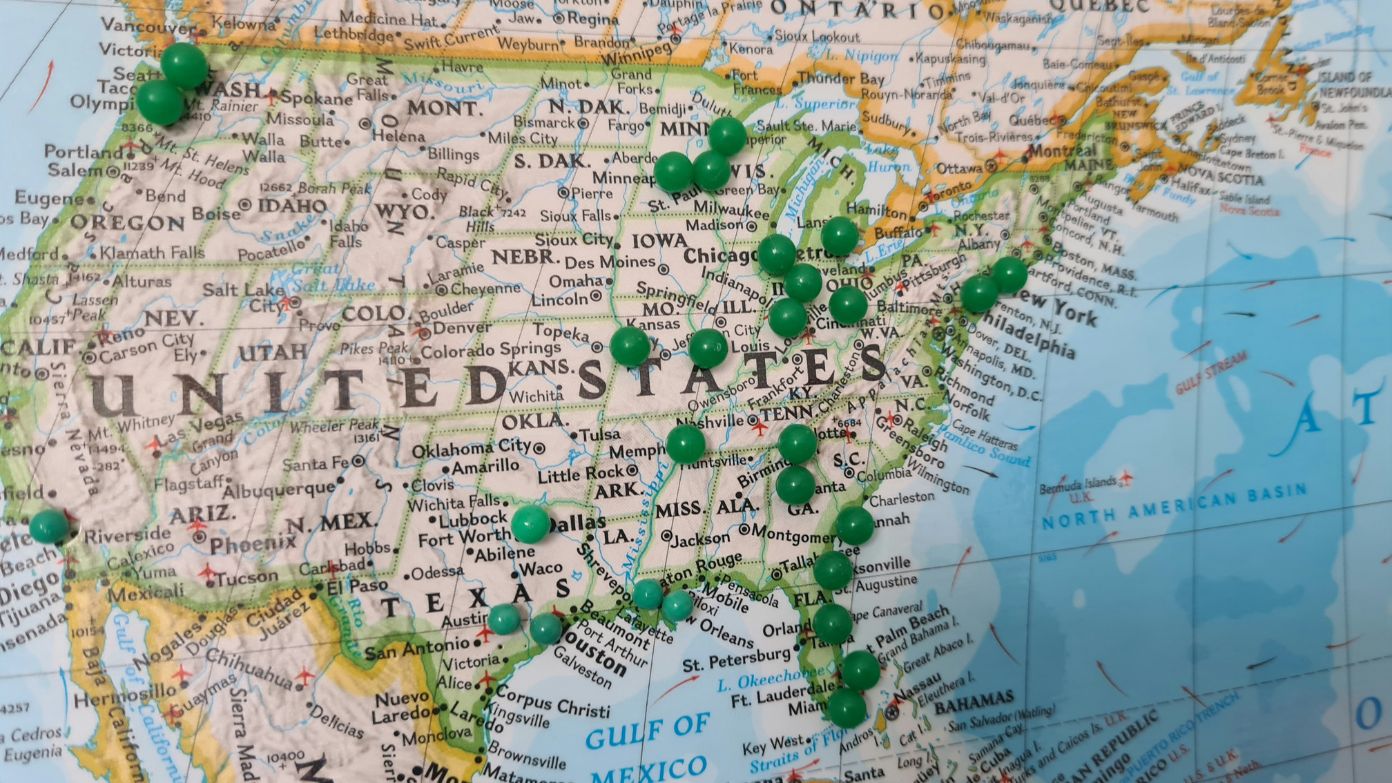If you are wondering where the biggest IRS refund checks went this year, you might think of Texas or California. But the state leading the pack in 2025 is not one most people would expect. According to the latest IRS data, Wyoming tops the list with the highest average refunds in the country—a whopping $9,957 per taxpayer.
Which state has the highest average tax refunds in 2025?
Yes, it is Wyoming. The Cowboy State came out on top with average IRS refund checks reaching nearly $10,000. That is more than three times the national average of $2,900 this year.
This might come as a surprise, especially since Wyoming is not the most populous state. But fewer people and unique income trends can sometimes mean larger individual refunds.
How much have refunds increased since 2024?
Across the board, tax refunds in 2025 have seen a significant jump. The IRS reports a 13% increase in average refunds compared to last year. Several factors could be driving this rise, such as changes in tax laws, increased withholding, and inflation-based adjustments.
Here is what that looks like:
- Average refund in 2024: About $2,564
- Average refund in 2025: About $2,900
Some states, though, have far outpaced the average.
What other states are seeing large refunds?
While Wyoming leads the list, there are other states where taxpayers are also taking home big refunds. If you live in any of these places, you might have seen a larger check this year.
- Mississippi: $8,006
- Nevada: $7,829
- Florida: $6,754
- Utah: $6,638
- Texas: $6,389
- Nebraska: $5,836
- Idaho: $5,829
- Illinois: $5,563
- Indiana: $5,510
These amounts are well above the national average and could reflect differences in income levels, tax credits, or how much residents had withheld throughout the year.
Why are refunds so high in these states?
There are a few possible reasons behind the high refund amounts:
- Higher federal tax withholding: People may have had too much withheld from their paychecks, leading to large refunds when they filed.
- Earned Income Tax Credit (EITC) and Child Tax Credit (CTC): Some families may have qualified for expanded credits or carried over balances from 2024.
- Self-employment deductions: In some states, more residents work freelance or own small businesses, which can open the door to more deductions and refund opportunities.
- Low state income tax: States like Wyoming, Texas, and Florida do not have state income tax, which may influence how residents handle federal withholdings.
Where are refunds the lowest in 2025?
On the other side of the list are states where average refunds were much smaller. If you live in one of these states, your refund may not have packed the same punch.
- Alabama: $2,821
- Hawaii: $3,871
- Delaware: $3,884
- California: $3,898
- New Mexico: $3,907
- New Jersey: $3,989
- Alaska: $4,281
- Kentucky: $4,290
- Oregon: $4,363
- North Carolina: $4,391
California and New Jersey, despite having higher costs of living, still delivered below-average refunds. This could be due to lower withholding, more accurate paycheck adjustments, or fewer people qualifying for large federal credits.
What financial experts are saying
Christopher Jervis, an IRS enrolled agent and president of Lone Wolf Financial Services, made an important point about what refunds really mean.
“I see a lot of clients who receive large refunds and mention their difficulties paying their bills,” he said. “Having that extra $200 or $300 a month would definitely be a big help.”
This is a reminder that while getting a big refund feels great, it might also mean you are overpaying the IRS throughout the year. Adjusting your withholdings could give you more money each month rather than waiting for a lump sum.
Related article:
Is the payment I received for jury service subject to IRS or state taxes?

